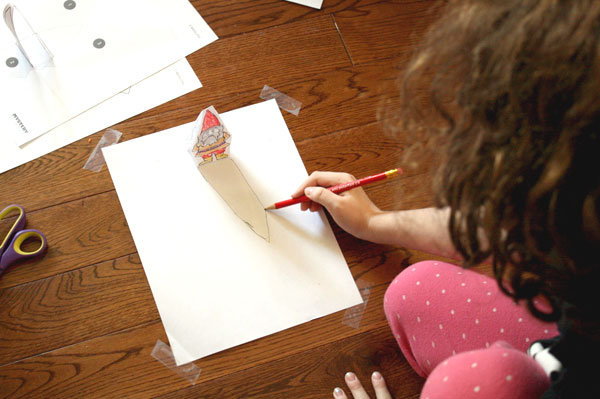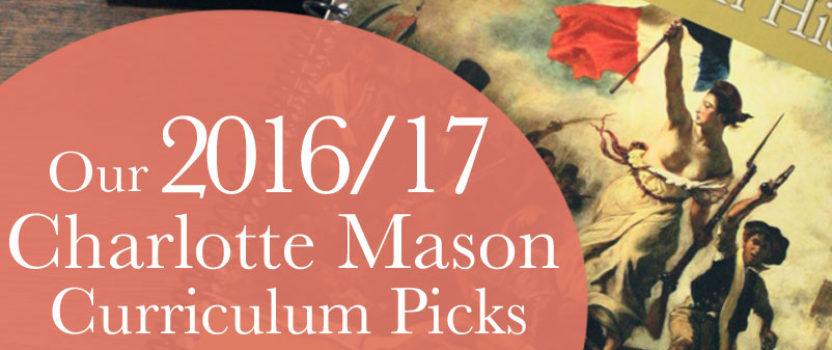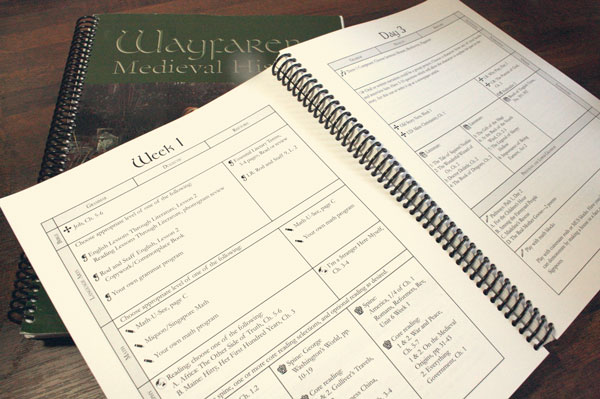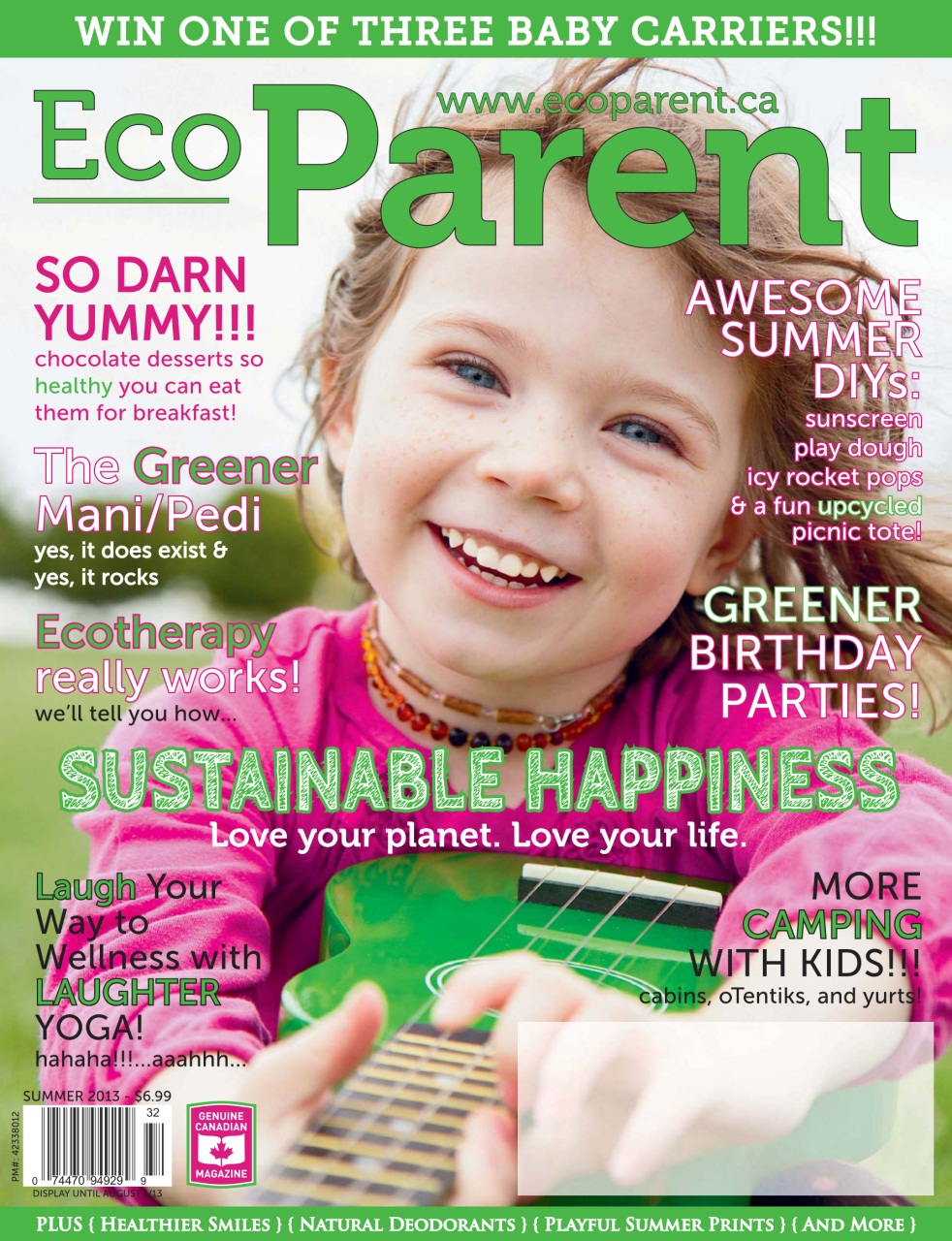Wayfarers: My Pick for a Charlotte Mason Homeschool Curriculum
This post contains affiliate links — that simply means that if you make a purchase using one of my links, I’ll receive a small commission. It won’t cost you anything extra and the pennies that I earn bring me a ridiculous amount of joy.
QUICK LINKS: Our Curriculum Pick for 2016/2017
Introduction: SEVEN PAGES?!?!
Wayfarers by Barefoot Ragamuffin: Our Charlotte Mason Homeschool Curriculum
Language Arts: English Lessons through Literature
Math: RightStart + Prodigy
History: Wayfarers: Revolution History
Geography: Wayfarers: Revolution History
Science: Simply Charlotte Mason’s Nature Studies + MysteryScience
Bible: Telling God’s Truth by Peter Enns (maybe)
Literature: Wayfarers: Revolution History
Jump ahead to our 2017/2018 Curriculum Picks
A Sample Day: Week 1, Day 3 (Grammar Stage)
After Math, the Wayfarers daily schedule offers two of the three following subjects: history, science, and geography. This is where we deviate from the lesson plan — either by changing the order that we do things to accommodate our weekly schedule, or by doing our own thing entirely.
Geography
Reading; choose from one of the following:
A. Africa: The Other Side of Truth, Ch 5-6
B. Maine: Hitty, Her First Hundred Years, Ch. 3
In Year 3, Revolution Times, parents have the choice of doing World Geography (List A) or American Geography (List B) and, likewise, World History or American History. The Wayfarers book suggests that you pick the US for one subject and World for the other subject, so for geography, we’ve picked the US geography book list — mostly because I recognized a lot of the titles as books I wanted my daughter to read anyway.
Rather than following the suggested reading schedule, I’ve decided instead to make a master list of all the books, along with a dozen Canadian books as well. My plan is to let River pick the books she wants to read from the list, go through them at her own pace and in the order of her choosing, reading a minimum of one chapter a day. My only real requirement is that she gives me a short book report at the end of each book.
Beyond that, we are still doing the map drills that Wayfarers has scheduled once a week, and I plan to do a weekly geography activity using the recipe and craft books that the manual recommends. Last week we made Pao de Queijo (Brazilian Cheese Bread) to go along with Journey to the River Sea (a book that River is finishing up from the summer). I know that she enjoys those types of activities, so I’m going to make an effort to do them more this year. Or maybe we’ll just keep making Pao de Queijo — it was tasty.
History
Spine: SOTW, Volume 3, Ch. 1.2
Core reading:
A. Book of Explores, Magellan – Drake
B. Exploration and Conquest, pp. 16-29C. A Lion to Guard Us, Ch. 2
For history, Wayfarers uses Story of the World as the spine in the grammar year. I don’t know who enjoys Story of the World books more: River or me. I love hearing about stories from around the world, and I love hearing about what’s happening in other countries at the same time as our more familiar Western history. I love stories of betrayal and courage and riches and drinking blood from the vein of a horse on long trips. EWWWW.
I used to read the chapters out loud to River but I’ve had to give that up now that Forest is a busy toddler who mauls me the second I sit down with a book. Instead, we listen to the Story of the World audiobooks in the car when Harbour isn’t with us (the stories of war and murder and horse blood cocktails are too much for her.).
We haven’t started the additional scheduled readings yet — I haven’t even looked at the book lists! Last year I let River read the picture books on her and we read the chapter books together; I think we’ll do the same this year.
Science
(This is actually from Day 4, since history and geography are scheduled on Day 3)
Core reading:
First Earth Encyclopedia pp. 8-11
DS Planet Earth, pp. 14-21Optional extra reading, topic: What is Geology
The Magic School Bus Inside the Earth by Joanna Cole
When it comes to science, Wayfarers has a lot to choose from, and I admit that it can be confusing at first. For example, there are four book lists:
- The main spine is a Quark Chronicle book, and there are one or two Quark books scheduled per year. Except they aren’t all written yet, which leads to…
- A second list of core readings included for the parents that have purchased the curriculum before the needed Quark book is ready. (The publisher didn’t want to force parents to buy a revised version of the curriculum later when the Quark books are all complete.)
- Then there is a third list of books — optional reading, for the families that just love science.
- Finally there are a few extra experiment and activity books, which are scheduled once or twice a week as an optional activity.
We don’t do any of that.
I really, really missed the nature books that River and I read a few years ago. You know, Thomas Burgess-type books about Jenny Wren or Grandfather Frog. I thought the stories were absolutely delightful to read, and even though they are a bit young for River, she always enjoys listening to them.
I wanted to do that style of Nature Study for science again this year before River completely outgrows it, so we’ve chosen to alternate between Learning about Birds with Thornton Burgess and Jack’s Insects Narration & Nature Study Notebook — both from Simply Charlotte Mason. Both guides use story, additional readings from non-fiction books, regular in-person observation and nature journaling to teach natural history, which is a quaint way to refer to nature study. Bless her heart, River just couldn’t choose between learning about bugs and learning about birds, so we’re doing them both.
In addition to the nature study, we have one lesson each week scheduled from MysteryScience, which is an online science class that covers the traditional science subjects like weather, plants, force, and light. We used MysteryScience last year and both my girls loved it. Loved. Each lesson is about 10-15 minutes long with an activity that’s another 30 minutes. The activities are simple but interesting and they take very little work from me. We usually follow up the lesson with an episode of the Magic School Bus on the same theme, just for fun. I mean, they’re already watching a computer video anyway. It’s a slippery slope.

Beyond our SCM and MysteryScience programs, we’re simply trying to create a science-friendly atmosphere for my science-happy child. We encourage her to take out non-fiction books from the library, reading up on animals, books, volcanoes and whatever strikes her fancy. And by encourage, I mean I drive her to the library. She needs no encouragement beyond that. In addition to the books, she loves to watch nature documentaries whenever we let here, and she could spend an hour or more every afternoon on the National Geographic Kids website (of which I’m now an official ambassador, I mentioned that already, right?).
It’s definitely not the traditional curriculum approach I’m used to — it’s more of a hey-look-at-the-world-isn’t-it-amazing approach to science, and it seems to be working for us. We can lab it up when she gets older.
Next: optional activities, narration ideas, and literature readings





8 Comments
Leave your reply.